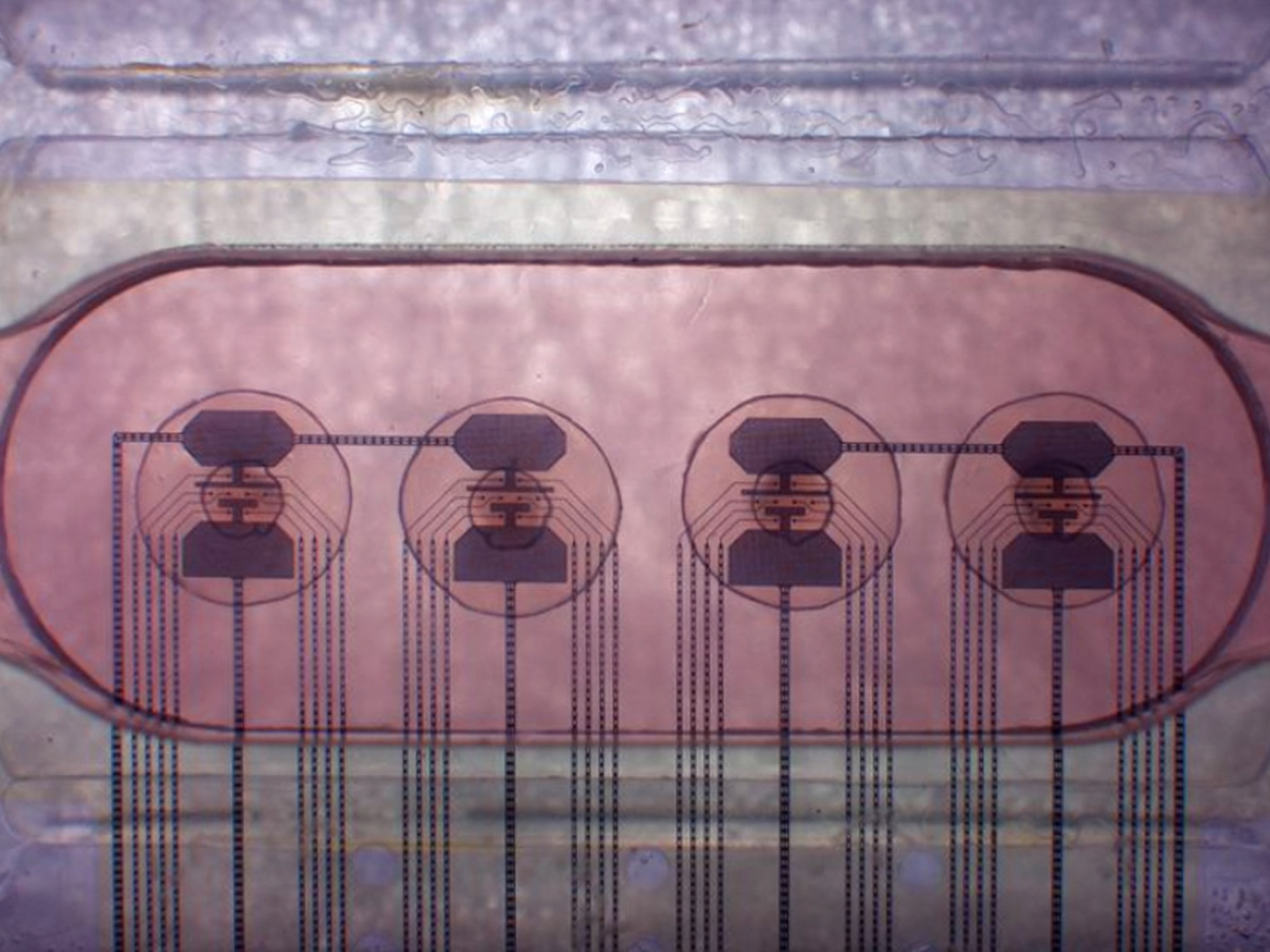
Can cell therapy beat the most difficult diseases?
There are some 7,000 intractable diseases with no known treatment, but medicine hasn’t given up, and in an effort to treat intractable diseases we are turning to the very building blocks of our bodies.
“I believe human beings are on the cusp of the next big wave of pharmaceutical innovation,” says Kemal Malik, member of the Bayer board of management responsible for innovation . “The use of living cells to make people better.” This is the revolutionary idea that failing parts of our bodies can be regenerated using induced pluripotent stem cells, or iPSCs. They are master cells that can differentiate or change into any other cell or tissue that makes up the human body. They’re our genetic blank check, a cell with the potential to produce whatever a body needs to repair itself. Until recently, such pluripotent stem cells could only be extracted from embryos, triggering heated debates on medical ethics. Now, science has found a way to make them from normal adult cells, largely bypassing the controversy and opening the way for an exciting new form of medicine—cell therapy.
“The science is really amazing,” Malik says, describing the work of Shinya Yamanaka and John Gurdon, whose studies on iPSCs won them the Nobel Prize in medicine just six years ago. “They showed that you could take mature cells from a patient’s hair or blood and reprogram them back into stem cells that could differentiate into any other cell.” To do this, specific proteins are retrovirally inserted into the mature cell where they act as reprogramming agents on a few crucial genes, transforming the cell into an iPSC. It’s something that BlueRock Therapeutics , a joint venture between Leaps by Bayer and Versant Ventures, has been busily perfecting. “They have really worked out this part of the process,” Malik says. “It’s the differentiation that some of the world’s leading academics are working on now.”
Scientists still don’t fully understand the complex mix of physical and chemical signals that nature uses to stimulate a stem cell to differentiate into a particular one of the 200 cell types making up the human body. “For each type of differentiation, different processes and different tools are needed,” Malik explains. “It’s a huge endeavor.” And then you have to deliver the differentiated cells to the right part of the body in a way that ensures they take hold and function properly. Currently it’s possible to deliver blood stem cells through bone marrow transplants, but effective delivery methods still need to be developed for every other type of cell and tissue.
“The challenges are not insignificant,” Malik admits. Researchers still need to manufacture iPSCs on a clinical scale, and to do so with high purity, potency, and specificity. There are also uncertainties around stability and shelf life, and risks from contamination and infection, and the fundamental problem of immune reactions. This is at the heart of one of the key debates around iPSCs—should the focus be on an autologous approach that uses a patient’s own cells, or an allogeneic approach that uses cells from someone else? “The obvious advantage of using your own cells is that they are less likely to trigger immune reactions,” Malik explains. “The disadvantage is that such specialist technology won’t be locally available to most patients. That means sending blood to a central lab for reprogramming and differentiation and then transporting it back to the patient, which all takes time—and these cells have a finite life.” One suggestion is to store allogeneic iPSCs centrally, operating like blood banks. This makes distribution simpler but also makes the treatment less personalized. “It’s one size fits all,” he says. “You’ve got the possibility of a reaction, but the probability that it will deliver a good result.”
Despite all these challenges, They’re very close to making it work. “There are two clinical trials going on in Japan right now,” Malik says. “And at BlueRock they are not far away from clinical trials to treat Parkinson’s with iPSCs. They’re taking mature cells, reprogramming them into iPSCs, and then differentiating them into dopamine-secreting neurons that can be injected into the brain of a Parkinson’s patient to stimulate the production of the dopamine they need to restore motor control.” Most clinical trials take around 10 years, so in little more than a decade there could be a successful iPSC treatment for an otherwise untreatable disease. “That’s the ambition,” he says. “To make a medicine that can treat some of these intractable diseases.”
At the moment BlueRock’s research is focused on neurodegenerative disorders and cardiovascular disease, but as Malik points out, “because every cell in our bodies can be produced from a stem cell, the applicability of cell therapy is vast. iPSC technology has the potential to tackle some of the most challenging diseases on the planet.” He acknowledges there are still many obstacles and uncertainties: “The first is: will it work? And how long will the effects last? These are the unknowns that will be discovered as they move through the journey.” But for the millions of people suffering from intractable diseases, at least there is a journey and, perhaps, some hope.
We asked some big questions about living a better life. Discover more about how we can overcome the world’s biggest challenges at natgeo.com/questionsforabetterlife




